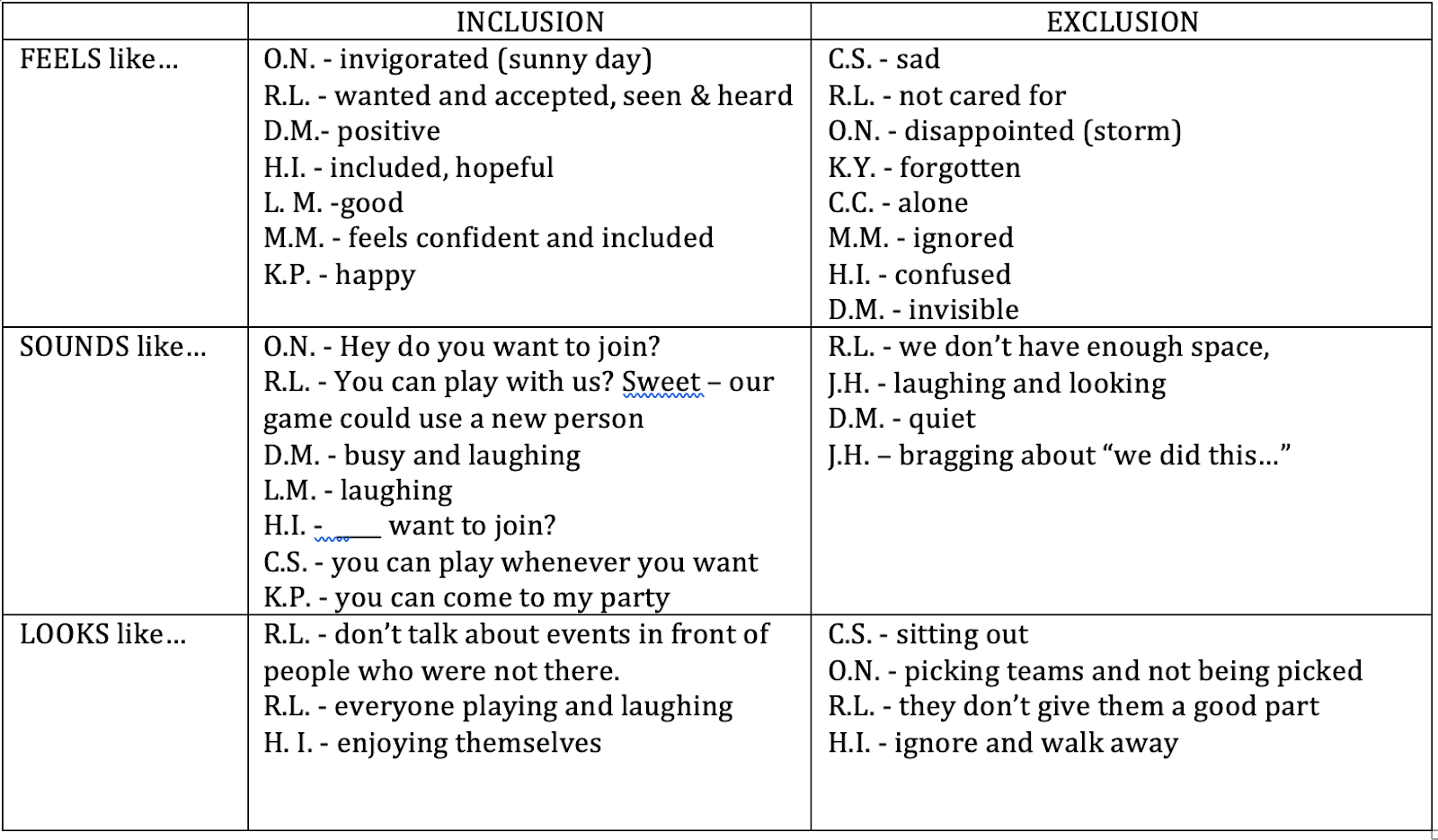Week 26
Math
In math this week, we returned to our number sense unit as students reviewed and practiced longer computational processes. Learning objectives reviewed included:
- demonstrating an understanding of multiplication (2-digit by 2-digit) to solve problems.
- Demonstrating an understanding of division (3-digit by 1-digit), and interpret remainders to solve problems.
ELA
In English Language Arts this week, students utilized and reviewed their recorded school interview to begin drafting their news article. Following an organizational template, students created a lead paragraph, and additional information paragraphs to share and communicate the classroom learning. Referring back to an editing checklist, students ensured they included and reviewed their several attributes of their content prior to submitting their draft article for teacher review.
Art
As part of our investigation of Canadian geography, we studied the work of Emily Carr, whose lifelong inspiration was the western coast of British Columbia. Reviewing the major geographical regions and landforms of the Cordillera, we choose her painting called “Heart of the Forest” for the inspiration of our artwork.
Fine Art objectives for the project included:
● QUALITIES AND DETAILS: Students will employ surface qualities for specific effects.
● UNITY: Students will create unity by integrating the parts of a composition into the whole.
● CRAFTSMANSHIP: Students will perfect images through economical use of material and efficiency of effort.
In science we looked at how footwear impressions can help to solve crimes. We learned that all shoes are unique, even if they are the same brand and size. All shoes have characteristics that are unique to the person wearing them. First, students were asked to create a wax rubbing of their shoes and then write down words that best described them. We then discussed the difference between class characteristics and accidental characteristics. Class characteristics are features which are common to all objects of the same variety. For example, with a shoe it would be the size, tread, brand, colour or the material used to make the shoe. Accidental characteristics are unique characteristics. Relating to shoes, it would be something that would make each person’s shoe slightly different, such as worn patches, holes, scuff marks or trapped dirt. Students then sorted their descriptive words into the two categories.
In French, we have been learning French vocabulary for animals. This week, we learned about animal body parts and students were asked to create an imaginary animal in which they described using the new vocabulary. Next steps will be to write complete sentences describing their animals.


Comments
Post a Comment